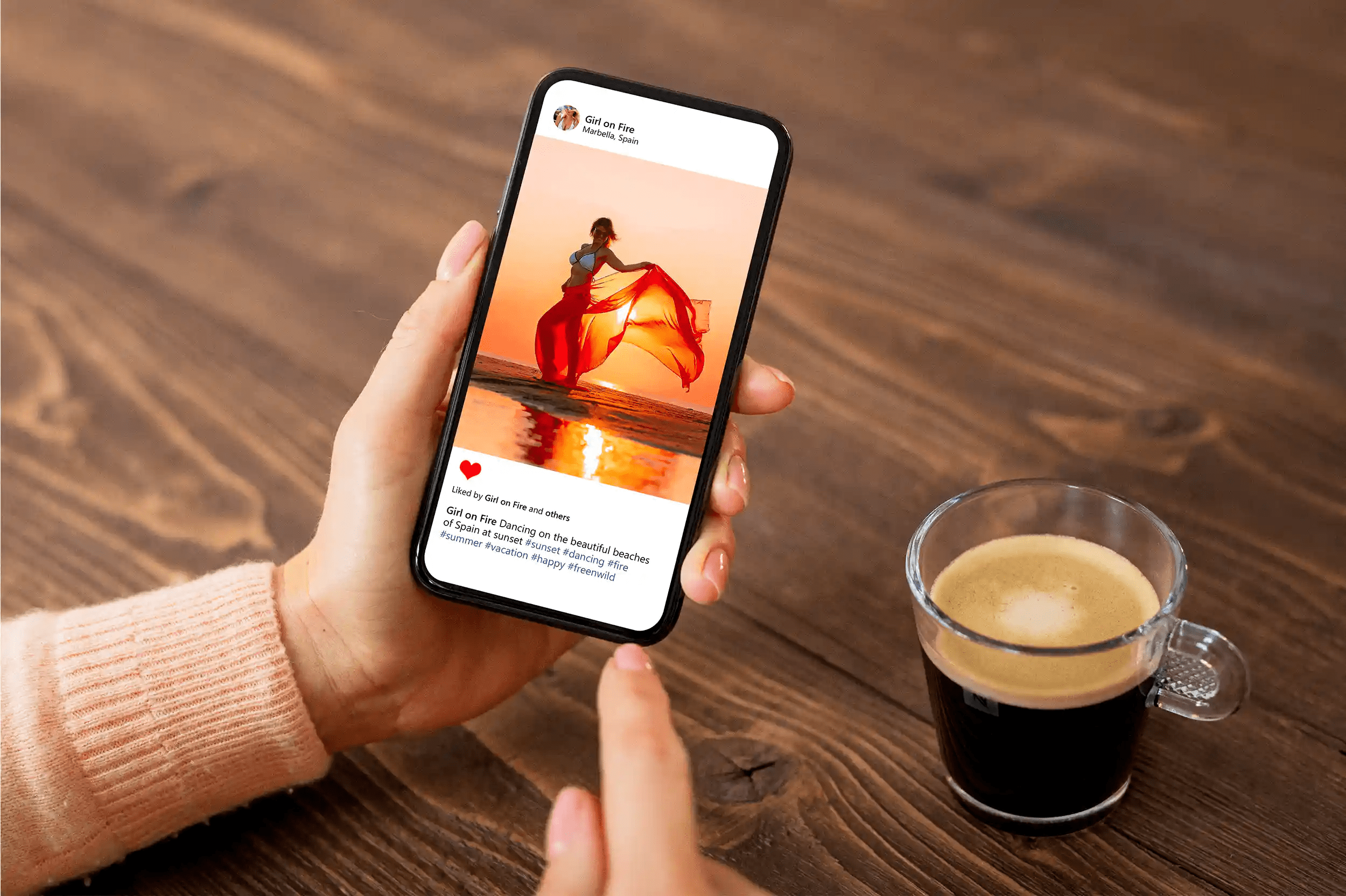Controversy is one of those things that can go either way: in your favor or definitively out. Companies pour billions of dollars into advertising each year. Whether it’s a small business investing a few thousand dollars into a Facebook advertising campaign or experimenting with a few Instagram ads, or one of the world’s biggest brands spending millions of dollars on a single Superbowl spot, no company wants their valuable ad spend to go to waste on negative publicity.
That said, risk-takers see the potential opportunity in a controversial ad: the more people are talking about it, the more viral it goes, and the more people are exposed to your brand. It’s like walking a tightrope above a trench filled with vipers. Doing it right requires a deep understanding of your audience and a little (okay, a lot) of luck. Bottom line: If you run a controversial ad, prepare for it to either make or break your marketing campaign. (Or worse, your brand.)
Usually, it breaks it. Fair warning and all that. But, sometimes it doesn’t. So, what works and what doesn’t? What toes the line and what crosses it? These five controversial ad examples – four fails and one win – will shine a little light on the subject.
1. Downright offensive: PETA campaigns to “save the whales.”

Screenshot via Jezebel
We could just leave it here, right? I mean, the ad speaks for itself – in an incredibly incendiary, offensive way. Which is exactly what PETA was going for. But, proving that not all publicity is good publicity – and we’ll get to that in a moment – the controversy-loving brand got slammed into the next century. They eventually replaced the ad.
What you can learn: We’re not going to say, “don’t be offensive.” I mean, we want to say it because honestly, the world would be a better place if we were all a little nicer to each other. But, this is marketing, and in marketing we learn that at least most publicity is good publicity. Except when you’re unbelievably offensive. And definitely when the offense has no direct correlation to whatever it is you’re marketing.
2. Startlingly color blind: Dove double-dips in racially insensitive waters.
Dove markets skincare, not skin-lightening (thankfully), so it’s uncomfortably coincidental that they served two “color-blind” ads in recent memory: the first, depicted dark skin as a “before” photo and light skin as the desired “after.” They back-pedaled on that one but, oops!, just a few years later, they found themselves in hot water again, after another ad glorified an African-American woman turning white after using Dove.
What you can learn: Think beyond yourself. Even if you don’t buy into today’s easily-offended culture, as marketers we need to be aware it’s the demographic of today. Think before you advertise. Run your marketing by absolutely everyone. The more honest eyes you can get on your marketing collateral, the more likely you are to avoid a black-and-white (literal) no-no.
3. Suffering from an authenticity problem: Nike’s “dream crazier” ad campaign to empower women. Just not their own women.
In February 2019, Nike launched an ultra-empowering ad campaign to encourage women to “dream crazier.” Voiced by Serena Williams, the campaign spoke to common challenges facing women: When we’re strong, they try to make us weak. When we’re good, they try to drag us down, etc. etc. Bottom line: Don’t let The Man get you down.
Except, a mere three months later – on Mother’s Day weekend, no less – Olympic runner Alysia Montaño published an opinion piece in The New York Times, detailing how Nike treats its pregnant athletes. Plot twist: Maternity leave for Nike athletes? Just don’t do it. Allegedly.
What you can learn: Authenticity is a buzzword in today’s marketing but, even more importantly, it’s essential to consumers. People want to know that you say what you mean and you mean what you say. Though Alysia Montaño’s article is an opinion piece, and not a total PR flop, it did hit the front page of many major news outlets. Nike now has an authenticity problem: their corporate policies contradict their marketing narrative. And that’s the key takeaway here: You don’t want an authenticity problem. If you’re going to market based on a fiercely held belief or common experience, be sure you hold that belief or common experience – in other words, practice what you preach.
4. Tone deaf: Nivea’s “white is purity” campaign.

Screenshot via Twitter
While we’re on the topic of controversy and color, who thought it would be a good idea for a German brand (Nivea) to debut an ad pushing the slogan “white is purity”? We’re going to go out on a limb here and say that this phrasing will never be appropriate again, and even less so for a German brand when WWII is still recent enough to be classified as living memory.
What you can learn: Please, please think about the various implications of your ad. Think of everyone who will view your ad. If it implies that one audience is less than another, or that anyone is superior to anyone else, or any other offensive and/or could-be-misconstrued message, then don’t publish it.
5. Controversy done right: Carl’s Junior embraces the polemic of sex appeal.
We’ve heard it a thousand (billion) times: sex sells. It does – and, so well that it’s almost a marketing trope, at this point. Enter Carl’s Jr., which seems to constantly raise the sex-as-marketing bar ever higher. Case in point: the brand’s 2015 Super Bowl spot was so over-the-top with near-nakedness and pure sexy vibes, that it had consumers and critics screaming within seconds. In fact, the ad was so controversial that it pulled 2.5 billion earned media impressions before its Super Bowl spot even debuted.
What you can learn: Take a cue from Carl’s Jr. then-CEO, Andrew Puzder, who said, “If you don’t complain, I go to the head of marketing and say, ‘What’s wrong with our ads?’” Carl’s Jr. embraces the “no publicity is bad publicity” claim above, but instead of courting controversy with something unappealing (intolerance, offense), it does so with something almost everyone loves (sex, even if they don’t want to admit that aloud). Be sexy, not mean.
If you’re looking for some inspiration for what makes a positive, effective ad, check out these great Facebook ad examples.
Now, you tell us: What are your favorite (or favoritely defunct) controversial ad examples?
Controversy can catapult your brand to worldwide recognition (in a good way) or make your brand the next poster child for the most hated brands in the world. The good news: you don’t have to get controversial to grow your audience. Easy-to-use tools like the Instagram follow button make it simple for your blog or website visitors to join your Instagram community with a single click. Install the Instagram follow button today – it takes just minutes to install, so you can start building your Instagram audience right away!




